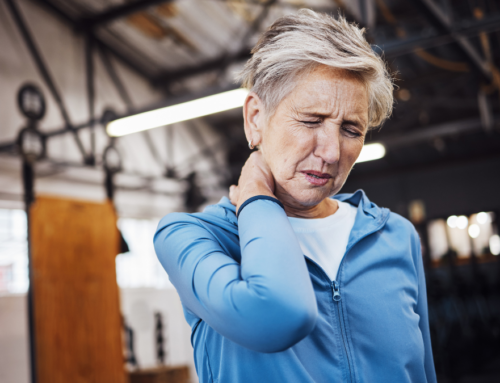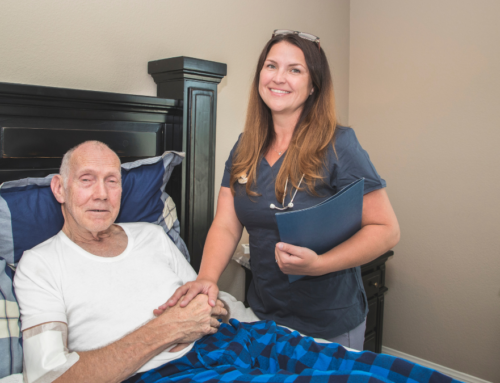#1. Bathroom
Medications:
Are medications stored properly? Are they too high or too low for the senior to reach?
Toilet:
Is the toilet the correct height? This is often overlooked and many times a senior will tell you it’s fine
until you show them how much easier things can be and safe.
Mobility:
Are mobility, joint problems, or injury making it difficult for the senior to reach into overhead cabinets,
brush hair or lift their leg to get into a bathtub? ? Are there handheld shower heads or grab bars in
shower?
The Floor:
Is the floor slippery? Are bath mats sufficient? Do they grip the floor?
Grab Bars:
Are grab bars available near the tub, shower and toilet?
Scalding Water:
Is there the potential for bath water to be too hot? Consider turning down water heater.
Bathtub:
Is the bathtub or lip on a shower too high?
#2. Bedroom
Phone Access:
Does the senior have access to a telephone or cell phone, especially at night? Are there emergency
numbers programmed or listed next to phone?
Balance:
Is the senior unsteady when getting up at night or dressing during the morning? Do you need
additional walkers or canes?
The Bed:
Is the bed too high or low?
Flooring:
Do throw rugs create a tripping hazard? Is the carpet torn? Do mats grip the floor?
Lighting:
Is there enough light? Is there enough light to get to bathroom?
Clutter:
Is the room cluttered with clothing, magazines and newspaper? Or is there too much furniture?
Walkways:
Do tangled electrical cords obstruct pathways?
#3. Kitchen
Food Spoilage:
Is there spoiled food in the refrigerator?
Cuts and Burns:
Is the senior at risk or harming herself with a sharp utensil or causing a fire?
Chemicals:
Are dangerous chemicals secured?
Contacts:
Is emergency contact information within easy access?
Storage:
Are cabinets too high or low? Is there clutter on countertops or throughout the kitchen? Are pathways
obstructed?
Floor:
Is the floor slippery? Are there throw rugs?
#4. Stairs
Evaluate how easy or difficult stairs are for elderly. Do you need a stair lift?






